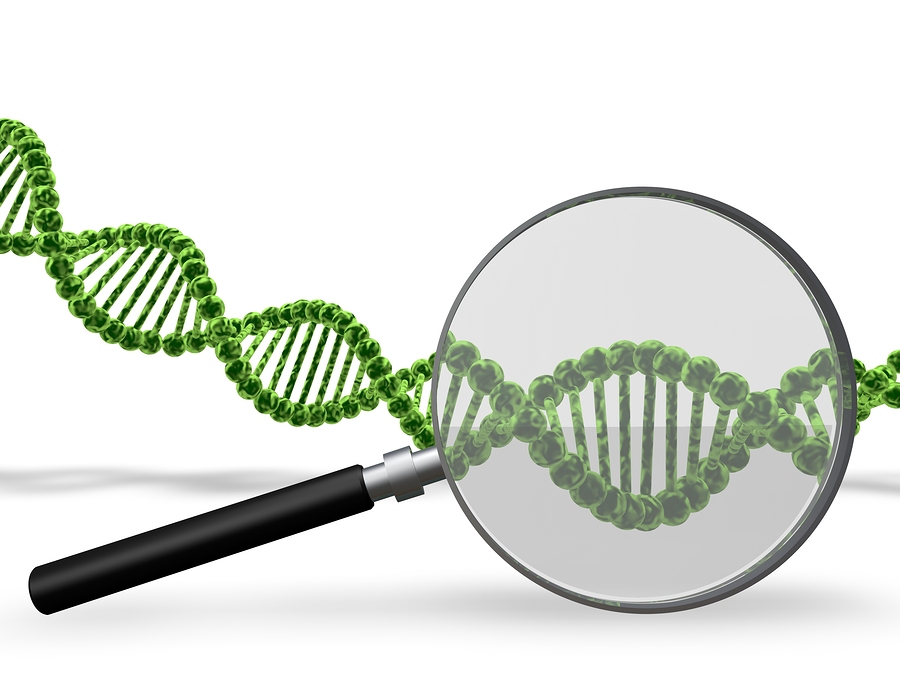
The research team found that the three populations for which they compared DNA, modern Melanesians, Europeans and East Asians, each carried its own distinct mix of Neanderthal genes
A new stud published March 17 in the journal Science relates the work of an international team studying the DNA sequences of modern people living in Melanesia, an island off the coast of New Guinea. The researchers compared the DNA of 35 modern Melanesian people with DNA from two early human species: Neanderthals and Denisovans. They found that “substantial amounts of Neandertal and Denisovan DNA can now be robustly identified in the genomes of present-day Melanesians,” the study reports. The findings offer new insights into human evolution.
Findings in recent years have shown that modern human ancestors shared the planet with many near relatives. Neanderthals and Denisovans, another extinct line of humans, are two examples. These two lineages died out tens of thousands of years ago. However, they interbred with early humans at least several times, resulting in modern humans carrying DNA from these early encounters.
The new research suggests that the ancestors of modern humans intersected with Neanderthals at least three times. The team also found an overlap of 1.9 to 3.4 percent in the genetic codes of modern-day Melanesians and Denisovans. The interbreeding between modern humans and hominins may have resulted in modern human genes that provide immunity to pathogens.
In 2010 scientists found the first clues to the ancient interbreeding when they discovered that some modern humans, mostly Europeans, carry DNA that matching that recovered from Neanderthal fossils. Later studies showed that human ancestors had their first encounters with Neanderthals more than 50,000 years ago, after expanding out of Africa. DNA from a finger bone found in a Siberian cave in Denisova showed DNA from still another group of humans.
Later research showed that modern humans, Denisovans and Neanderthals all shared a common ancestor who lived about 600,000 years ago. Some of that DNA has survived in Melanesia, an area of the Pacific Ocean that includes the islands of New Guinea.
The blood samples used in the study were drawn from people in Melanesia 15 years ago by molecular anthropologist D. Andrew Merriwether, from Binghamton University. He said he was surprised to find that Denisovan and Neanderthal genomes made it as far as the remote island. Collecting the DNA from the Melanesians was challenging, Merriwether reports. The islands are volcanic and mountainous and the people of the region speak 800 different languages, so communication was difficult.
Human remains as much as 48,000 years old have been found in Melanesia, but no one had ever been able to connect them to any other location, as their genomes do not cluster with any other group. The people on the island have developed in isolation for a very long time.
The research team found that the three populations for which they compared DNA, modern Melanesians, Europeans and East Asians, each carried its own distinct mix of Neanderthal genes, leading them to conclude that modern human ancestors acquired Neanderthal DNA three separate times.
The first encounter happened when Neanderthals interbred with the common ancestor of all non-Africans. The second was amount the ancestors of Europeans and East Asians, after the Melanesian ancestors had split off. Later, the East Asian ancestors interbred a third time with Neanderthals. This disputes findings from earlier studies that theorized that modern human forebears had multiple encounters with Neanderthals.

Leave a Reply